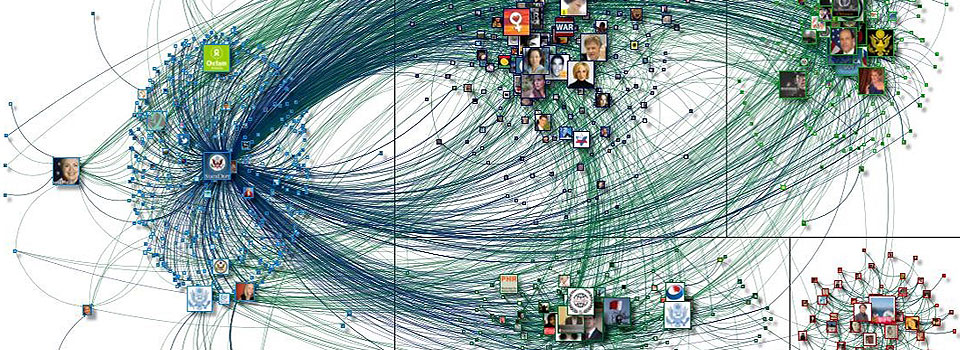The U.S. government is doing a better job of communicating on Twitter with people in sensitive areas like the Middle East and North Africa without the participation of media organizations, according to a study co-authored by a University of Georgia researcher.
The study looked at the U.S. State Department’s use of social media and identified key actors who drive its messages to audiences around the world. In particular, it examined the role played by news media and the government in bridging the State Department communication with people domestically and internationally.
Published in the latest issue of the Journal of Public Relations Research, the study’s authors say the main reason is that the government is making an effective use of “social mediators” critical to the communication process.
“News media tend to use social media in the old fashioned way,” explained Itai Himelboim, an associate professor of telecommunications in the UGA Grady College of Journalism and Mass Communication. “They send out their reports like it was a broadcast-going one way. Communication on social media is a two-way street.”
“They need to engage people in the conversation,” added Guy Golan, an associate professor of public relations in the S.I. Newhouse School of Public Communications at Syracuse University. “They need to recognize that not all users yield equal influence. Organizations need to strategically identify and empower social mediators as bridges that connect their various publics.”
The study defines social mediators as the entities that mediate the relations between an organization and its publics through social media. They are the people and organizations who retweet, reblog and repost material published online.
“Communication via these social spaces, such as Twitter, depends more than ever upon the willingness of third parties to participate in content distribution in the form of retweets or content endorsement,” said Himelboim. “Twitter is a hybrid between mass communication and personal communication.”
The study examined the U.S. State Department’s use of #SecClinton on Twitter. It analyzed the engagement and curation techniques used with that account. In the process, it identified social mediators who control the flow of information between the Department of State and its publics worldwide.
The key findings are:
- Engagement with users was medium-high for both formal and informal social mediators, but low for news media. Government-related formal and informal social mediators showed similar levels of bilateral relationships. In contrast, news media, the most traditional public relations mediators, were rarely found as social mediators and demonstrated the most unilateral relationships.
- Social mediators vary in terms of their formality and interdependence. Formal social mediators were primarily U.S. government agencies while informal social mediators were nongovernmental organizations (NGOs) and individuals (bloggers).
- Different types of social mediators influence the State Department’s relationships with stakeholders in different parts of the world. The results showed that relationships with populations in the Middle East and North Africa were mediated primarily by informal actors, and formal mediators played a key role in connecting with the public everywhere else in the world.
The authors of the study note that the social mediators-the people retweeting those posts-will add their own message and their own comments and may disagree with the original posting. But the message is still getting out. They say government agencies in these sensitive areas are beginning to recognize that social media is playing a growing role in how they communicate with their publics, domestically and internationally. It is a lesson that news media groups need to recognize as well, the researchers said.
“Based on our findings, the news media could take a lesson from the federal government,” Himelboim said.
